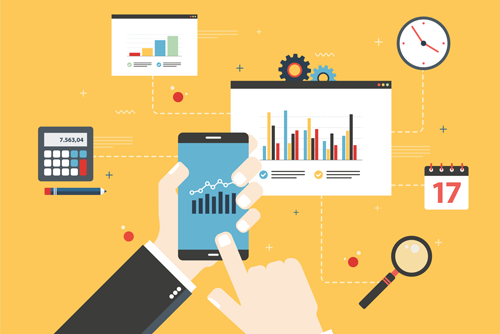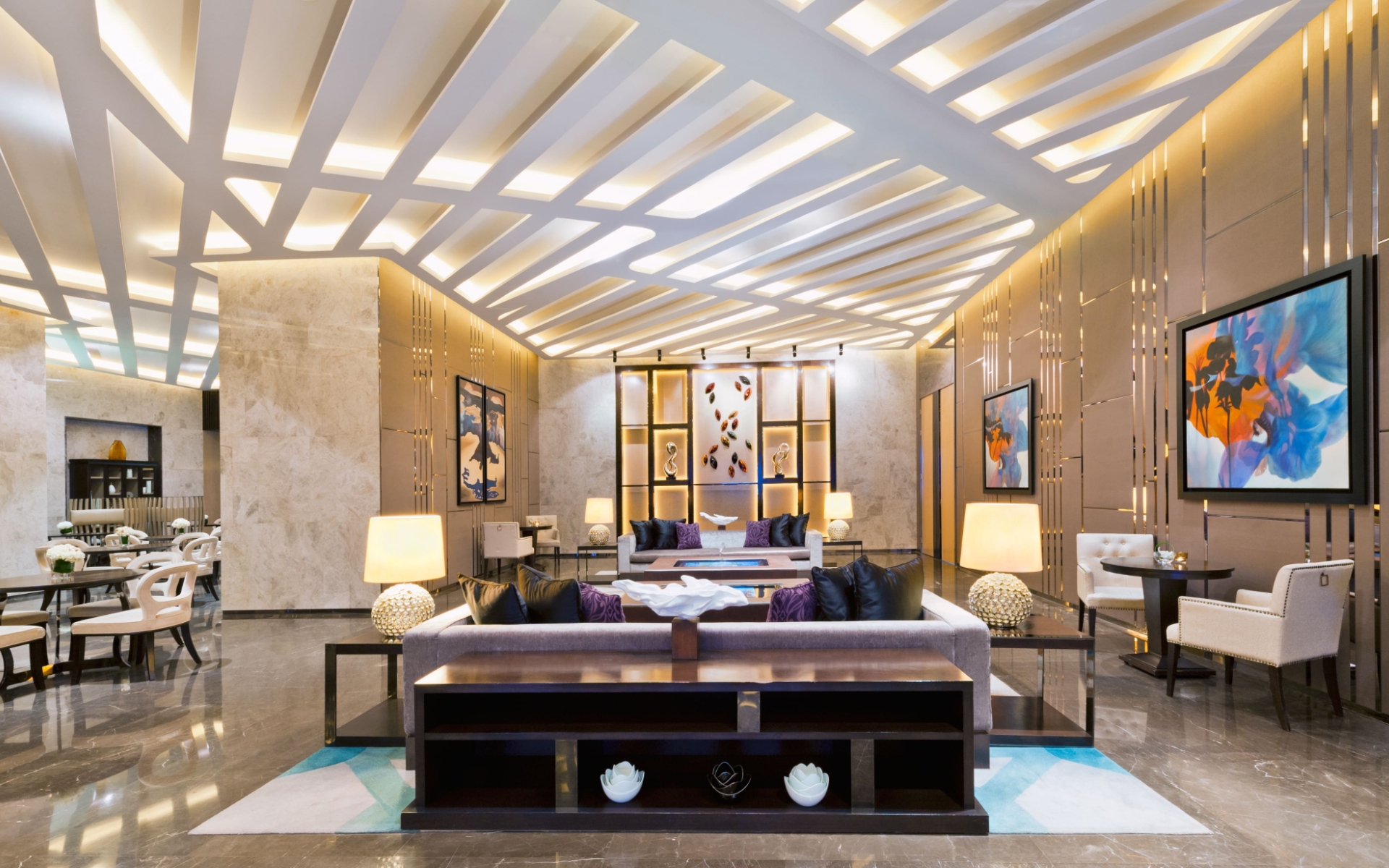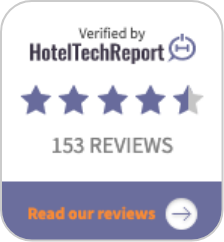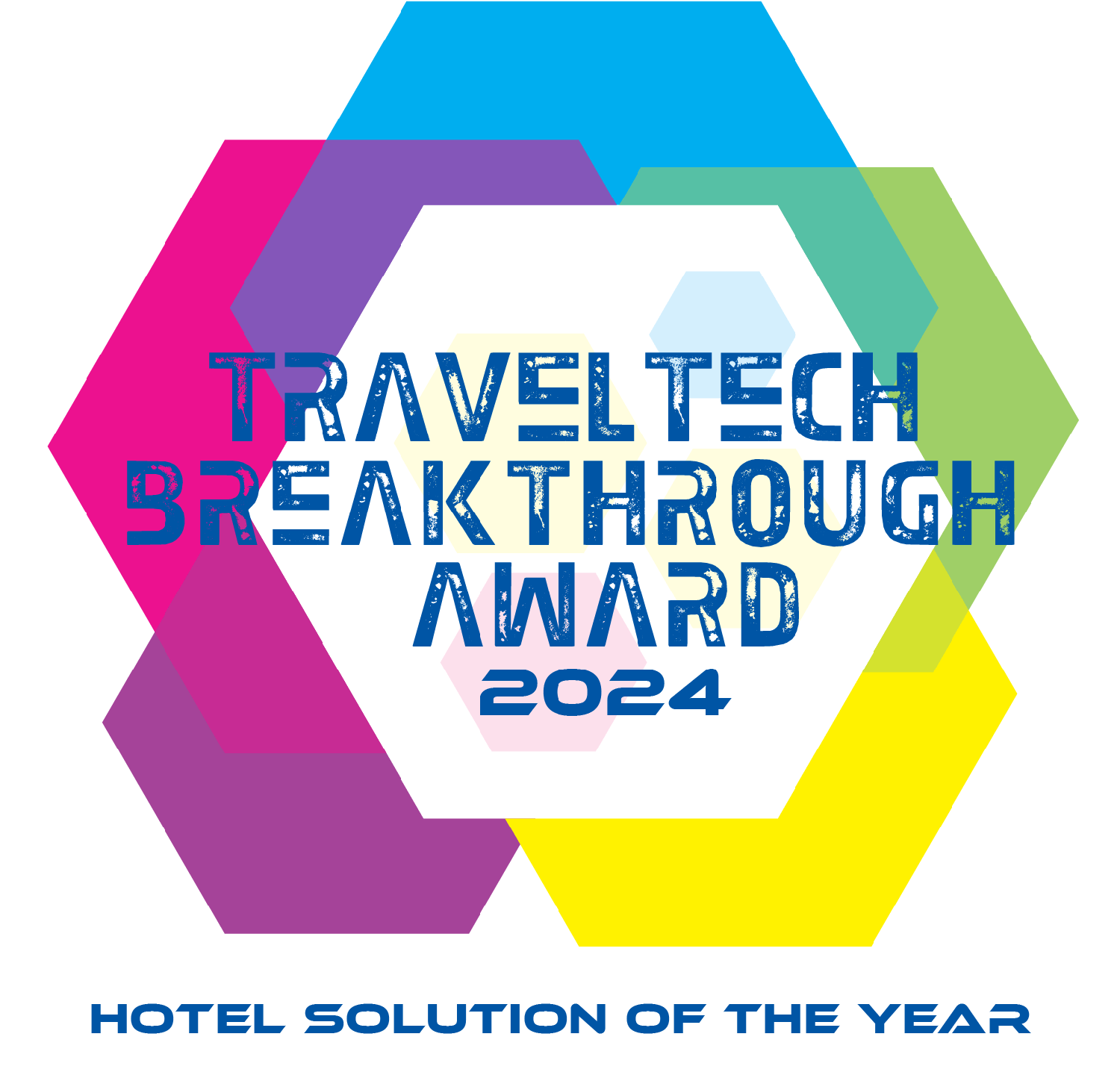The Internet of things, or “IoT” as it is more commonly referred to, is a hot topic of conversation in almost every industry – but what exactly is it? In simple terms it means the communication that occurs between Internet-enabled devices and systems i.e. machine-to-machine connectivity (or M2M). “This is the concept of basically connecting any device with an on and off switch to the Internet (and/or to each other). This includes everything from cell phones, coffee makers, washing machines, headphones, lamps, wearable devices and almost anything else you can think of…if it has an on and off switch then chances are it can be a part of the IoT,” says Jacob Morgan, Forbes.
Gartner predicts that there will be 26 billion IoT connected devices by 2020 and as a concept IoT has the potential to impact how we live and work. It is the next evolutionary step in technology development and there are many advantages of incorporating it into our everyday. There are already many products in place that now have the ability to communicate, such as thermostats, bulbs, smart plugs etc. which monitor energy, heat and light consumption levels in order to relay the information or adjust automatically.
The foundations of IoT already exists in some hotels, such as mobile check-in/out and more facilities, keyless entry; some have introduced the use of robotics with robot housekeeping staff and butlers. But there is a huge range of opportunities which have yet to be explored. Some have hypothesized possibilities that include room temperature and lighting that would adjust based on your stay history, while taking time of day into consideration. A connected mirror in your room could display the temperature outside, weather details for the day and local news headlines; media centers would play your preferred music and TV shows, the coffee machine would even brew your favorite coffee and your mobile could alert you “to leave in the next few minutes as your car is approaching to take you to your business destination”.
The presence of IoT within a hotel opens up more possibilities for what services and digital capabilities a hotel could offer up to its guests. Already, some in the industry are using beacons to detect where the guest is in a hotel and then push promotions to mobile phones based on both location and guest preference.
Device supplied information help hotels to track and ‘learn’ each guest’s individual preferences – going way beyond typical preferences like a non-smoking room or extra pillows. Is the guest an early riser? When and how often does the guest go to the gym? Does the guest always eat the M&Ms in the in-room bar? With personal data, the hotel can do some small things that provide a more personal stay experience. How about free M&Ms upon checking in for the guest with a sweet-tooth or an up-sell for personal training or a pass to the local Gold’s Gym for the fitness nut?
Personalized experiences is the big trend in today’s hotels and technology and data are helping deliver on that promise. But in line with our last blog post, this means that a hotel’s Wi-Fi needs to be upgraded sooner than later!
By Jos Schaap, StayNTouch





